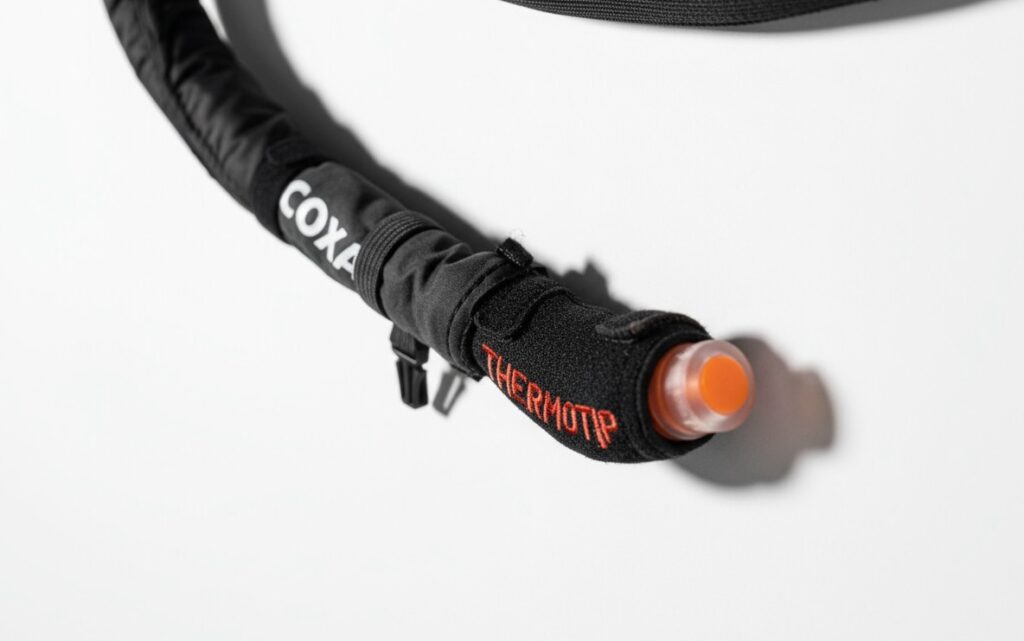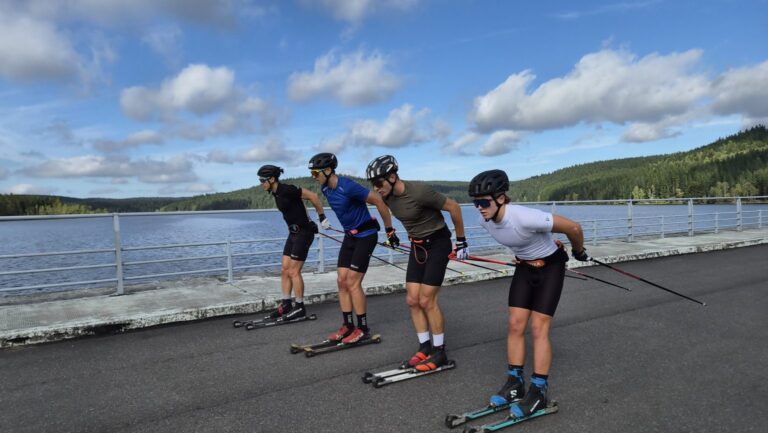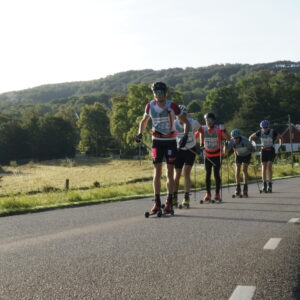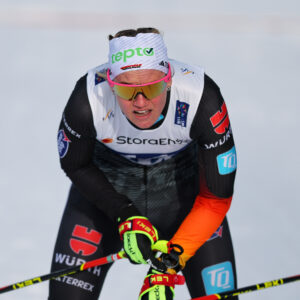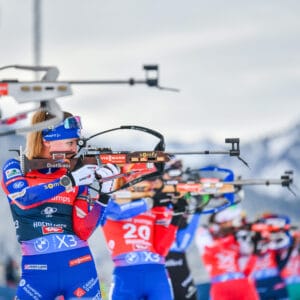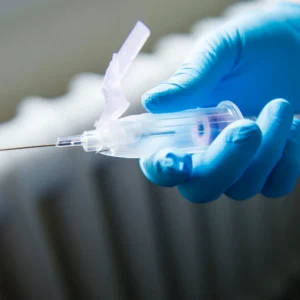How to avoid a frozen nozzle on your drinking hose
Thermotip is developed in Sweden and is based on a simple principle: a heated cover mounted on the nozzle prevents ice formation even in severe cold. The product connects to a standard power bank and is so lightweight that it does not impact skiing performance.
“It was important to simplify the product as much as possible. It needed to fit several different nozzles while withstanding cold, liquid, moisture, and heat. It should be easy to handle, robust, and not get in the way,” says Oscar Byhlinder.
From simple prototype to finished product
During the 2024/2025 season, Thermotip was tested and developed in collaboration with selected skiers, who also inspired the solution. The very first prototype was far from a finished product.
“We started with a cut-up USB cable that was soldered together with a resistance wire. Neither pretty nor particularly safe, but it demonstrated that the theory was effective and that it was possible to keep the nozzle ice-free. A glove had to be sacrificed, but otherwise it went well,” Oscar explains.
From there, the development progressed step by step, focusing on finding a solution that was simple, lightweight, effective, and robust enough to withstand the demands of the ski tracks.
Tested by active skiers
Already during winter training, several skiers had the chance to try the product. One of them is Maja Stefansson, who was also involved in the development.
“I have myself experienced my hydration belt freezing during a race, so when the chance came to help develop a solution, it felt obvious. I got to test Thermotip already last season, and this year I will definitely use it on cold race days. Once, though, I brought too small a power bank, so the battery didn’t last the whole distance, but with a larger one it works perfectly,” Maja explains.
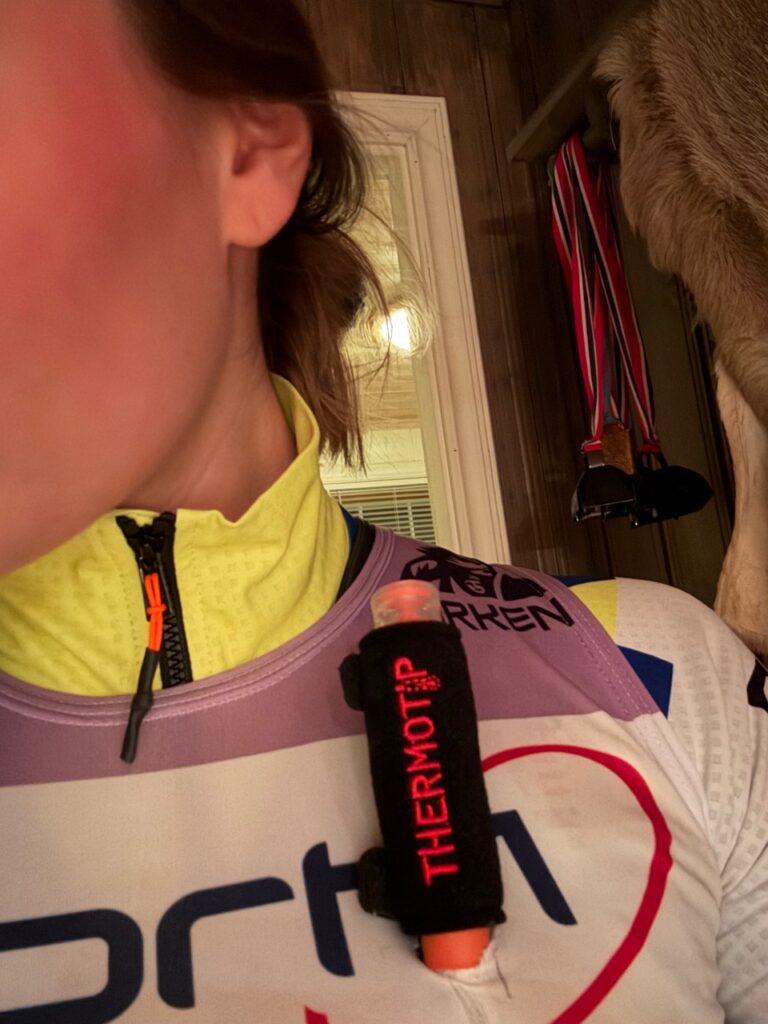
Freeze-free on the trails this winter?
It remains to be seen how it will play out in practice. Will we see more skiers with heated nozzles this winter? Will frozen hydration belts, so often noted by Ski Classics commentators, become a thing of the past? And can such a small detail actually change the experience for both elite and recreational skiers?
“That remains to be seen. Considering that we have already sold to skiers across Europe, Canada, and the USA, we believe so. But the most important thing for us is that the problem can finally be solved in a simple way,” says Oscar.
More information about Thermotip can be found on the company’s website: https://thermotip.se/en/home-2/
